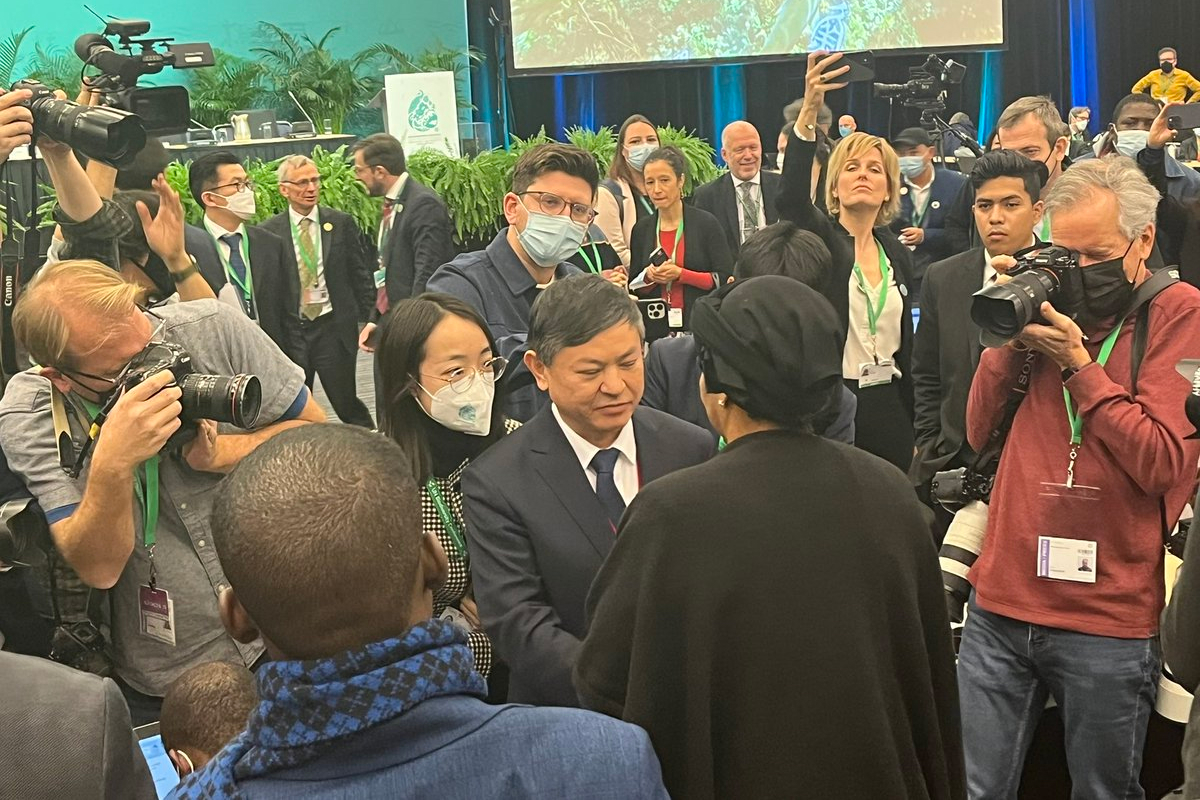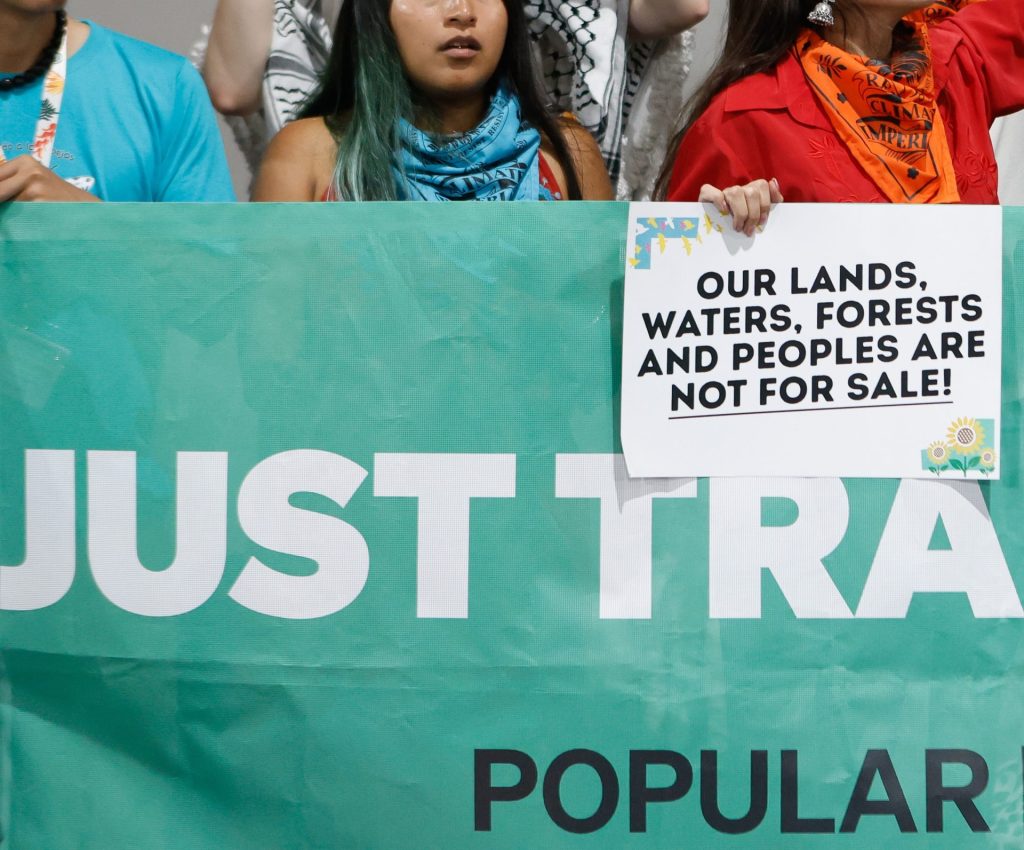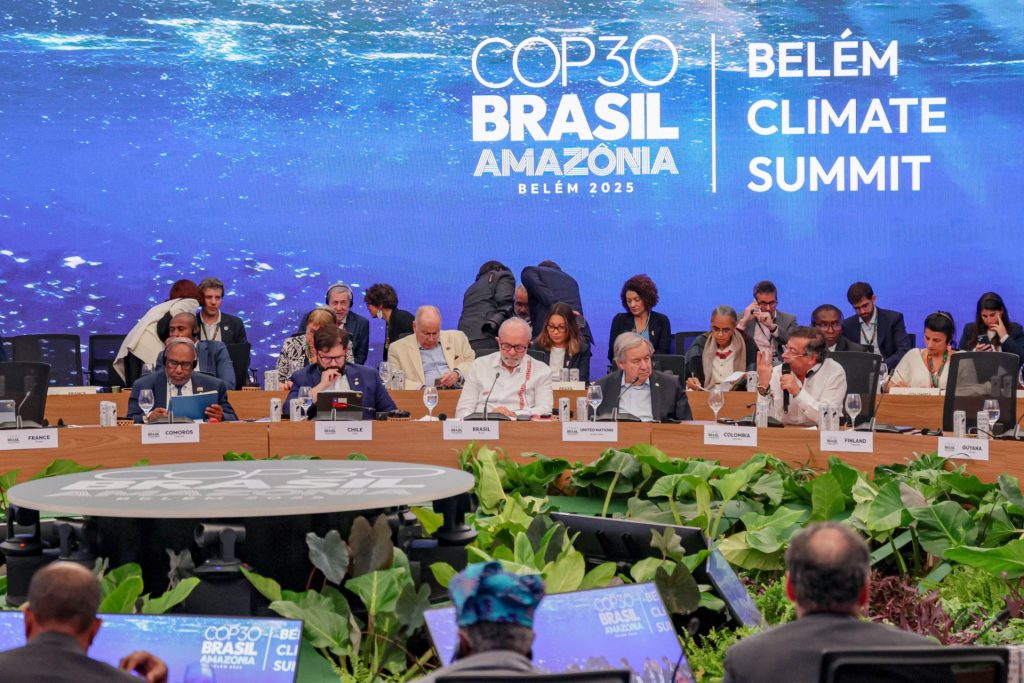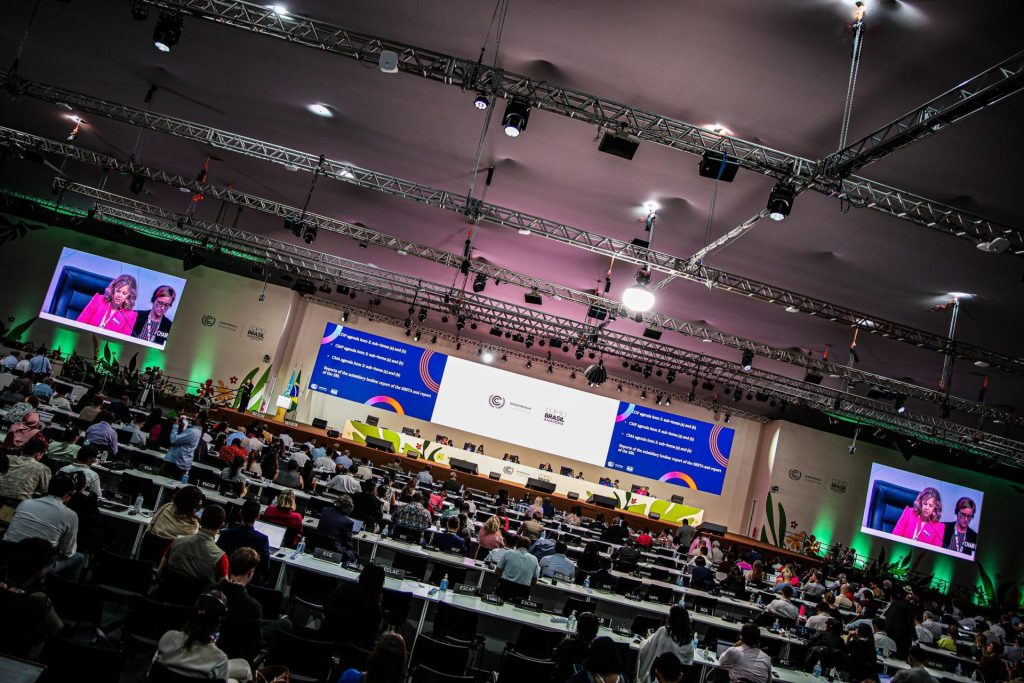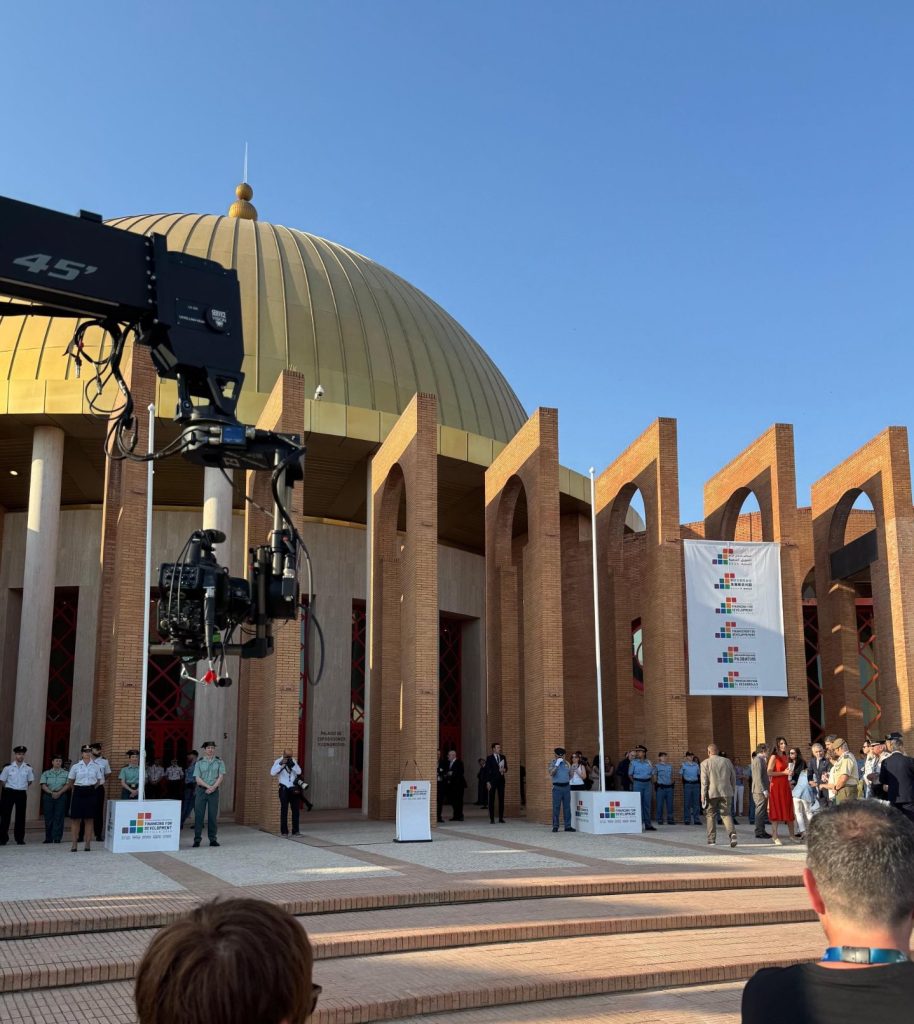In the early hours of the morning on 19 December 2022, the gavel came down on the 15th COP of the Convention on Biodiversity, hosted in Montreal under the Presidency of China. The outcome of the COP is the Kunming-Montreal Global Biodiversity Framework (GBF), the product of more than four years of global negotiations. It address biodiversity loss, the restoration of natural ecosystems and the protection of indigenous rights. It is framed by four overarching global goals which include halting human-induced species extinction; sustainable use; the fair sharing of benefits of genetic resources, and ensuring adequate means for implementation. These are to be achieved through a series of 23 targets for 2030 and 2050.
It is hoped that the GBF will success where its predecessor, the Aichi Biodiversity Targets, did not. None of the twenty targets that were agreed to in 2010, were ever fully achieved, elevating the importance of the GBF having clearer and more specific targets, coupled with meaningful and effective implementation measures.
In addition to the more obvious overlaps between the climate and biodiversity regimes in relation to species loss, ecosystem protection, the restoration of carbon sinks, nature based solutions, agriculture and food waste, there are also a number of similarities in some of the key debates underpinning the negotiations that will sound familiar to veterans of the climate negotiations. These include debates around the ambition of 2030 and 2050 targets and their specificity, a lack of finance for developing countries to meet the targets, the ability of states to determine how to meet the global targets through national planning frameworks, how these national plans must ratchet up ambition, the protection of indigenous community rights and special dispensations and considerations for small island states and least developed countries. In this brief article we highlight some of the key aspects of the GBF, particularly as they relate to climate, focusing on the main targets agreed to as well as debates around finance.
The Targets
The GBF contains express targets relating to climate change as well as some that indirectly relate to some of the issues under consideration under the UNFCCC and Paris Agreement. As highlighted in our report last year, these targets have relevance not only for the funding and implementation of climate response measures, but they also are likely to have relevance to the Global Adaptation Goal (GGA), currently under negotiation under the Paris Agreement. This is because the GGA is likely to be an aggregation of existing global, regional and local targets under other existing agreements and frameworks, together with new targets in areas where none currently exist.
One of the most celebrated targets, is Target 3, which aims to ensure that by 2030, at least 30% of terrestrial, inland water, and coastal and marine areas are protected, whilst ensuring that “sustainable use” in those areas is consistent with conservation outcomes. Areas to be protected are to focus on those with high levels of biodiversity and ecosystem importance. This “30 x 30 target” grabbed the attention of politicians and the media, not only because protected areas will provide a haven for species, but because these areas can also sequester carbon and help to bolster climate resilience. Many have compared it to the long term temperature goal under the Paris Agreement.
Whilst widely lauded as a momentous achievement for biodiversity, there are concerns that the 30% figure is not enough. The Intergovernmental Panel on Climate Change (IPCC) Sixth Assessment report released last year, stated that safeguarding biodiversity requires 30-50% of the world’s land and oceans need to be set aside for nature. In this context some have compared the 30% figure agreed to under the GBF to 2o degrees under the Paris Agreement, and 50% to 1.5 o degrees. The target is further complicated by the fact that only 40% of the world’s oceans fall within national jurisdictional authority. This leaves the protection of the remainder up to a host of other different global and regional authorities, such as the International Seabed Authority. Similarly there are also concerns that there is no agreed baseline for the target.
Targets 1 and 2 have the same timeframe in mind with Target 1 agreeing to ensure that “all areas are under participatory integrated biodiversity inclusive spatial planning and/or effective management processes” to reduce the loss of highly important biodiversity areas to “close to zero” by 2030. Target 2 seeks to ensure that 30% of degraded ecosystems are “under effective restoration” by 2030.
Some had also hoped that the agreement would include provisions on not only halting and reversing biodiversity loss, but also to achieving a “nature-positive world” by 2030, with the hope that it could be the “net zero” of the biodiversity world. Nature positive means a state where biodiversity increases year on year rather than decreasing. Ultimately, however, the phrase was not included. Observers reported to Carbon Brief that they had “hoped to see it, but could live without it”.
In addition to the above, whilst almost all of the GBF targets have direct relevance to the global climate regime, the following are of particular relevance:
- Minimising the impact of climate change and ocean acidification on biodiversity and increasing its resilience (Target 8);
- Restore and enhance how nature supports society, including through nature based solutions (Target 11);
- Take legal, administrative or policy measures to encourage and enable business, especially large transnationals, to monitor, assess and disclose their risks, dependencies and impacts on biodiversity, and provide information to consumers to support sustainable consumption (Target 15); and
- Implement supportive policy, legislative or regulatory frameworks and education to facilitate sustainable consumption choices within society (Target 16).
At COP15, some parties expressed disappointment at the lack of specificity with the targets, with many raising questions about how they would be measured, an issue which also plagues the GGA. Helpfully, however, the GBF does include a monitoring framework, which contains an extensive list of indicators against which to measure the achievement of the targets, which theoretically could be used under the Paris Agreement’s GGA, assuming it does incorporate these newly agreed biodiversity targets.
Finance
Debates around finance and means for implementation largely mirrored those under the Paris Agreement, with Parties raising the importance of encouraging private sector participation, disclosure and reporting, the need for more grant based and accessible finance, a call for a dedicated fund, the need for greater volumes of finance, and the extent to which emerging economies should also contribute to overall financial flows. One issue that made headlines was the call by the Democratic Republic of the Congo (DRC) for a separate global biodiversity fund to be established by the end of the COP, coupled with its disappointment at the lack of adequacy of the finance target.
Some have estimated the biodiversity finance gap as being approximately $700bn per year. The GBF now provides for the mobilization of at least “at least $200bn per year” by 2030 from “all sources”, including domestic, international, public and private finance. It also provides that developed countries as well as others that have voluntarily assumed obligations are to “substantially and progressively increase” their international finance flows for nature “to at least $20bn per year by 2025, and to at least $30bn per year by 2030”. In this sense the financial target is more granular than under the Paris Agreement, with distinction of the ratio of public finance to all other forms of finance, although the wording used is not a model of clarity.
Notwithstanding its detailed wording, it is likely to result in a shortfall of y $500bn/year even if all sources of finance are included. It is then unsurprising the DRC had concerns around the total volume of the target. Moreover, as Carbon Brief points out, since a large portion of the world’s richest biodiversity is in the Global South, these countries are largely responsible for protecting, monitoring and reporting on it, all of which has significant financial implications.
Brazil had previously put forward a proposal for a dedicated Global Biodiversity Fund, to have a similar finance target to that of the climate regime of $100 bn/year (the request for a dedicated fund will sound familiar to those tracking the climate regime and last year’s call for a dedicated loss and damage fund). The request by Brazil for a dedicated biodiversity fund was supported by South Africa and the bloc of 22 other Like Minded Developing Countries. The EU however objected, with some saying that ODA would never be enough to “do the trick” of what the world needed, and France stating it would be a red line for them. Some countries proposed a hybrid model with a dedicated trust fund under the Global Environment Facility (GEF) for biodiversity, but this was initially rejected by the Africa Group and other developing countries in favour of a dedicated fund.
In the final hours, at 2:30 am before the final text was gavelled through, the Chinese COP Presidency presented a Strategy for Resource Mobilisation, which calls on the GEF to set up a special trust fund called the Global Biodiversity Framework Fund “in 2023, and until 2030” to support implementation of the GBF. Parties had not had time to consider the document, and there was no pause for interventions when the package was adopted. Understandably, the DRC objected to the finance text in the final hours but the objection was not formally presented one (it was interpreted as being a “comment”).
Mexico then appealed for all documents to be adopted as a single package, and following a short recess, they were all adopted. The DRC, Cameroon and Uganda all then made formal reservations about the procedure of adoption of the package “by force of hand.” A representative from Uganda stated that the agreement was a “coup d’etat”.
The DRC initially stated it would resist implementation, however it then agreed to implement so long as the reservation was reflected in the report, putting to rest concerns that there would be legal challenges to the deal. Environment Minister Eve Baziba stated, “we’d like to have this clearly placed on record … I would like to reiterate our readiness to participate in any process of negotiations until COP16. We do hope our voice will be heard. It was reported that Brazil ultimately brokered the DRC’s cooperation. This follows on Brazil, Indonesia and the DRC having recently formed a pact at last year’s G20, dubbed the “OPEC of Rainforests” to motivate for payment for the protection of rainforests, 52% of which are located within their borders.
Final
Together with the goals and targets in the GBF are other decision texts which set out the technical aspects, including monitoring and reporting, as well as the contentious resource mobilisation strategy, as well as areas for future work. They contain some of the key details for implementing the framework. Noteworthy that whilst the GBF has legal precedential weight, i.e. it will be influential in court rooms when determining the scope of customary international law or interpreting other agreements, it remains a COP Decision and in itself is not a separate binding treaty. This means that Parties don’t need to ratify or accede to it for it to come into force. But, like the Paris Agreement, countries will implement the GBF through national plans and they will have to “ratchet up” their ambition for tackling biodiversity loss.
The Climate Community and negotiations under the UNFCCC and Paris Agreement, and the Biodiversity could mutually build on what is being agreed to within each of the COPs, particularly given the degree of overlap in the issues before them. Going forward it will be useful for negotiations to continue to learn from deals struck at the respective COPs, particularly in the areas of finance, agriculture, species and ecosystem protection and restoration and the rights of indigenous communities. A notable development, for example, is an agreement by all parties (albeit contentious) under the GBF to adopt a resource mobilisation strategy, with provisions for its review.
Notwithstanding some of the challenges in its wording the GBF can be hailed as a triumph for multilateralism given the stagnation that followed the Aichi Targets, and more broadly the global climate and biodiversity regimes of the past several years. Although, like the Paris Agreement and Aichi Targets, the proof of its success will all be in its implementation, the fact that agreement was reach in itself is worthy of celebration. As stated by Simon Zadek, CEO of NatureFinance “this agreement is more than adequate to further acceleration and scale. The text has a set of global targets, and a focus both on mobilising funds and aligning global finance, as well as explicit and extensive reference to nature-related risks and the responsibilities of the financial community…these are signals about what needs to happen on the ground. Given where we’ve come from over a short period, it’s quite remarkable.”

